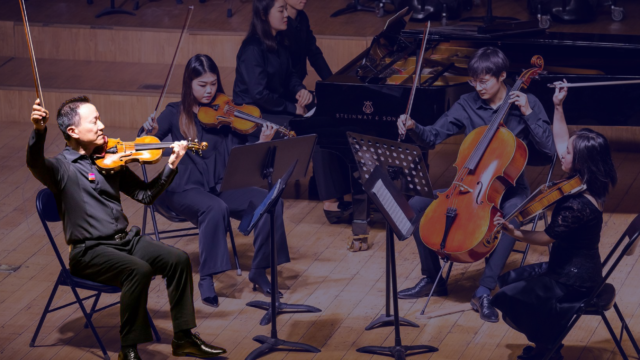Prelude and Table of Contents: Summer 2021
Orchestras innovated as seldom before during the past year, pivoting from business as usual to inspired improvisations, themes, and variations that were unthinkable just 18 months ago. The pandemic crisis and the fierce urgency of calls for racial justice have led orchestras to make enormous changes at the last minute and move into the here and now. Orchestra musicians are making music in new and unexpected venues: parks, nursing homes, hospitals, at vaccination sites, on front porches. Fundraisers can be virtual. Music directors are no longer—or not only—magisterial figures glimpsed from behind, but individuals who chat in casual online videos, sometimes from their living rooms. Orchestras worked with what they had, and what they had was plenty: music.
Orchestras, like museums and other arts organizations, are asking profound existential questions about what they are for—their purpose, their roles in an evolving society. How should they address pressing societal concerns? How to adopt new ideas about making auditions more equitable? If a front porch can be a stage, what does that mean for concert halls? If a concert takes place online, what does that mean for actual live, in-person concerts?
Equally central for the longer term, orchestras nationwide are accelerating efforts to engage more diverse communities, commission works from artists too long ignored, and offer artistic responses to racial violence. And they are responding with alacrity: several orchestras presented concerts reflecting on the importance of Juneteenth as this issue of Symphony went to press. It’s been a year of unprecedented change and adjustment, but the work isn’t done. It’s just beginning.
Robert Sandla
Table of Contents
- The Score
- Forward Thinking: Returning After COVID’s Time Warp
- Board Room: How Orchestra Boards Can Advance Equity, Diversity, and Inclusion
- At the League: How Can We Help?
- Currents: To Stream, or Not to Stream?
- Orchestrating a Better Future
- Restorative Notes
- Seasons of Change
- Catalyzing Change
- League of American Orchestras Annual Fund
- Coda: Sound Embrace
Related
Become a member
Thank you for your interest in the League of American Orchestras! We are dedicated to advancing the orchestral experience for all.
Join Now